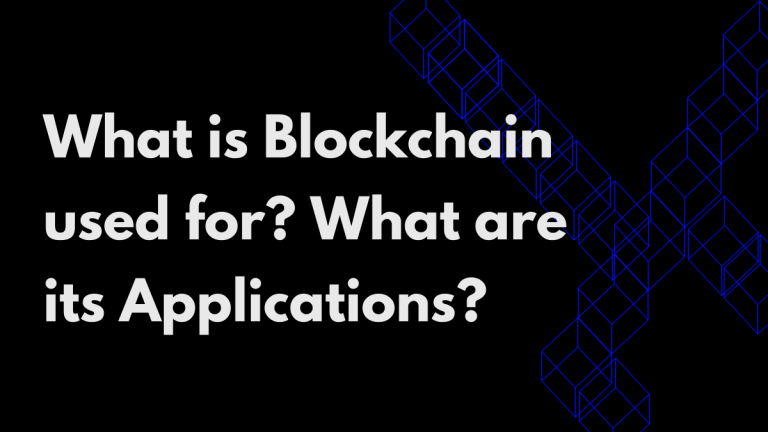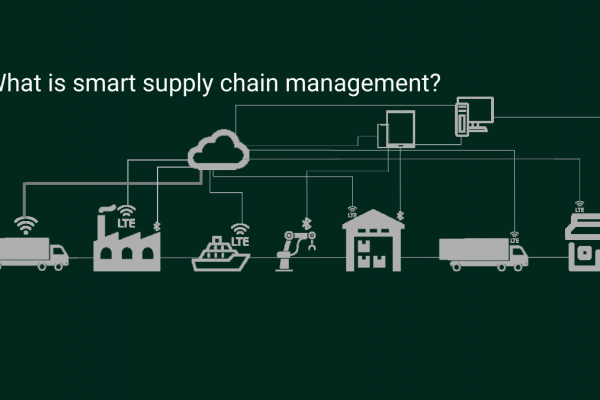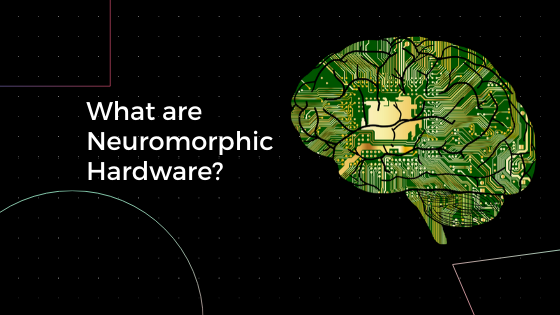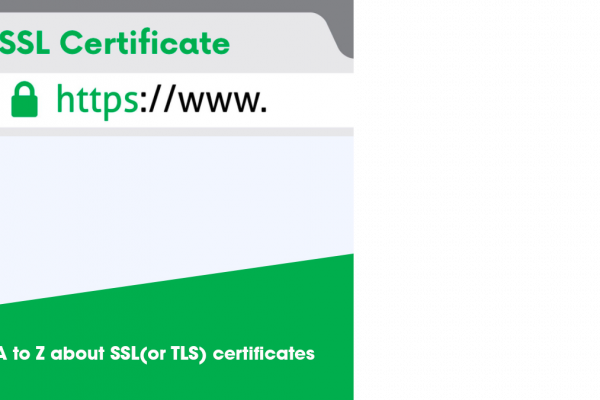Blockchain technology is one of the most talked-about technology these days. Ever since it was first introduced by Satoshi Nakamoto, blockchain has grown so much in popularity. Many new cryptocurrencies have come up, and in July 2021, there were 1.1 million daily transactions of Ethereum. The technology may move from proof of work which is too energy-intensive to proof of stake which is more environmentally friendly. Needless to say, blockchain technology has grown a lot. And the applications of blockchain have is expanding daily.
And while it is still associated with bitcoin and cryptocurrency, the applications of blockchain are not limited to cryptocurrency alone. The distributed ledger system, the main selling point of blockchain, makes it ideal for applications where security and data integrity are important. And many startups are exploring blockchain to build their products.
Let’s have a look at some of the most popular applications of blockchain.
Applications of blockchain
Internet of things and blockchain
A combination of IoT and blockchain brings added functionality and security to IoT networks.
For instance, one of the common steps while developing an IoT system is device commissioning and authentication, that is adding a new device to the network. This step plays a huge role in ensuring the security of the network. Here, the IoT networks can use the distributed ledger system to authenticate devices within the network, to ensure there are no infiltrators.
Many IoT applications involve tracking things, from apple air tags to enterprise-grade supply chains. In the case of sensitive products like food or medical supplies, IoT sensors are useful to track their state in transport, to ensure the conditions were optimal throughout the transport. By linking this data to the blockchain, auditors can ensure the integrity of the data.
And of course, the technology is useful for securing the vast amount of data collected by IoT devices in any application.
NFTs or Non-Fungible Tokens
Non-fungible tokens or NFT is an application of blockchain technology that’s been gaining a lot of traction recently. These tokens prove the ownership of a digital asset. For example, if you own the Mona Lisa, you can easily prove your ownership, but in the case of digital assets, when the copy is the same as the original in all aspects, this is difficult. Here the blockchain presents an elegant solution. By adding the asset to a blockchain you can track its ownership and prove its ownership.
You can make an NFT out of just about any digital asset. You can even link physical assets to an NFT to prove its ownership. Recently Jack Dorsey, the founder and CEO of Twitter, sold the first-ever tweet on the platform for $2.9 million.
Medical records
Keeping patients’ medical records up-to-date and secure is one of the major challenges in the healthcare sector. Healthcare providers have to keep large volumes of data safe in accordance with the regulatory protocols and make it accessible to healthcare practitioners with the consent of the patients.
Another problem with healthcare records is the potential abuse of opioid prescriptions. That is, patients with a drug problem may use the same prescription multiple times.
Blockchain can solve both of these problems. Blockchain can securely store medical data and ensure its confidentiality, integrity, and availability. By adding prescriptions to the blockchain like NFT, it can be tracked to ensure the prescription is not filled twice.
Financial transactions
As a digital immutable ledger, blockchain can bring a new level of security to financial transactions.
It can increase the settlement speed of transactions in which multiple intermediaries are involved, as in the case of cross-border transactions. For cross border transactions, the intermediaries take time to settle their transactions, and there are many security concerns. But with blockchain, you can send payments directly to someone else without intermediaries and without any security concerns.
Banks can also use blockchain to comply with KYC regulations and store customer data safely.
Cybersecurity
Companies across the world are exploring various applications of blockchain in cybersecurity.
One such application is the use of blockchain for secure data storage. Using blockchain technology, organizations can decentralize their data storage, making it less vulnerable to attacks. With a distributed approach, a potential bad actor will have to strike multiple targets, and make changes in all of them. Companies can use blockchain technology to maintain data integrity across multiple servers or distributed locations.
The same approach can build tamper-proof data transmission systems.
Protection of copyrights and royalties
Copyrights and royalties are difficult to enforce, particularly for digital assets that can be easily copied and transferred. NFTs and blockchains can help artists and creators protect their assets and help them create a source of revenue. Besides proving the ownership, creators can set up their NFTs in such a way that every time someone sells their creation, they get a per cent of the price as royalty.
The same technology can also track and prove the ownership of physical assets as well. For example, recently Nike filed a patent for an NFT technology that proves the ownership of sneakers. In this case, the shoes are tied to an NFT and will serve as proof of authenticity. Similar smart contracts can also track ownership of other assets like land or buildings.




